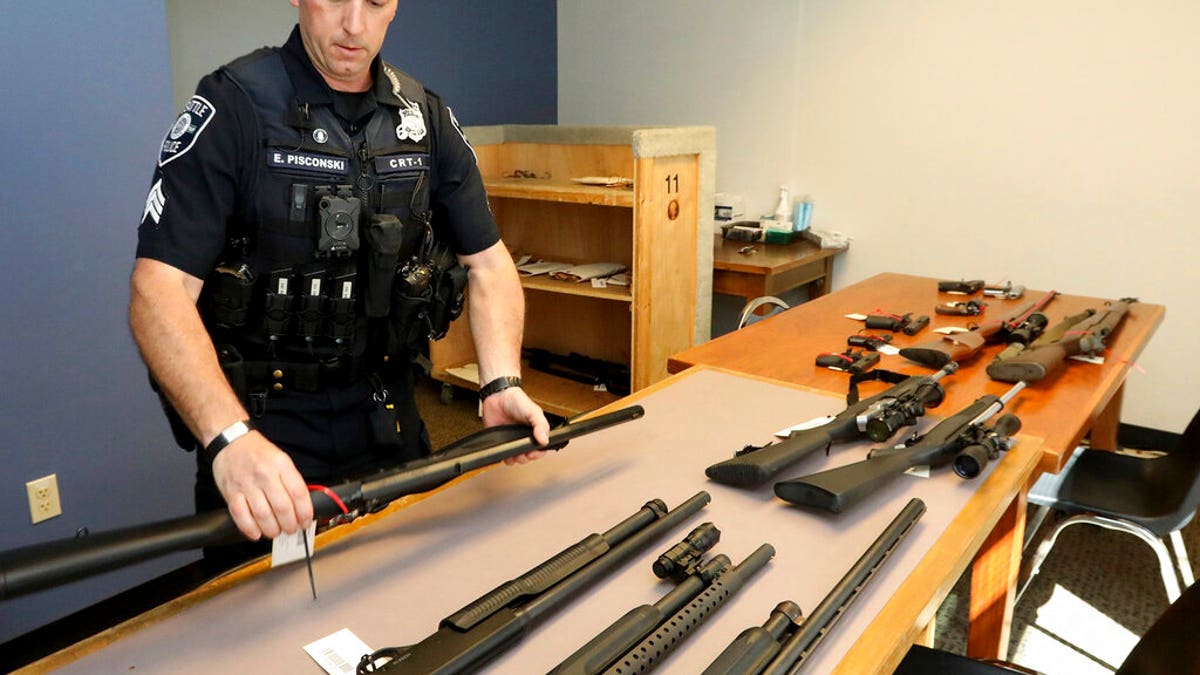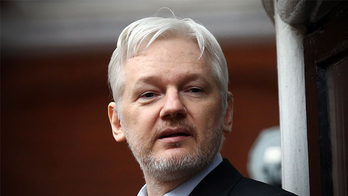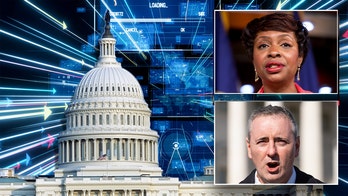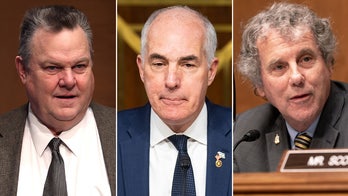Dana Loesch: Red flag laws assume you are somewhat guilty until proven innocent
Democrats push for 'red flag' laws after mass shootings; radio host Dana Loesch reacts.
The latest debate on gun control has raised red flags on both sides of the political aisle.
Late Tuesday evening, the House Judiciary Committee passed three bills aimed at quelling the epidemic of gun violence in the United States. Among the bills was a national version of a mandate of extreme risk protection orders (ERPOs), which already is being used in 13 states.
Also known as “red flag” laws, ERPOs allow local authorities or family members to take away weapons, through a court order, from any individual who is a potential threat toward themselves or others. While the law was passed by Congress, it will likely stall on the Senate floor.
The proposals have ignited a debate about whether red flags laws are effective.
“ERPOs are an incredibly valuable tool for keeping guns out of the hands of people intent on causing harm,” said Kristen Ellingboe, who is with the Alliance for Gun Responsibility, which supports red flag laws, to Fox News. "They are effective in preventing mass shootings and suicide, in particular.”
REP. MATT GAETZ CHALLENGES PRO-GUN CONTROL LAWMAKERS TO GIVE UP SECURITY DETAILS
Others warn that a lack of data does little to help prove that red flag laws have been effective in the 13 states that have passed them.
“It’s hard to judge which way the numbers really are going,” said one official within the National Rifle Association (NRA). “If the trend already shows a decline in these states before the laws were put in place, is it actually because of red flag laws or is it because the trends were already there?”

IMay 23, 2018: Seattle Police Crisis Response Team Sgt. Eric Pisconski displays guns seized from people deemed to be a danger to themselves or others. Since the Feb. 14, 2018 mass shooting at a Florida high school, states have seen a surge of interest in laws intended to make it easier to disarm people who show signs of being violent or suicidal. Washington voters approved such a law overwhelmingly in 2016. (Greg Gilbert/The Seattle Times via AP)
The White House is even considering a proposal recently presented by a longtime friend of President Trump -- former NBC chairman Bob Wright -- who suggested that a new research arm called the Health Advanced Research Projects Agency (HARPA) be developed to tackle health issues and problems in the same way that the Defense Advanced Research Projects Agency (DARPA) does for the military issues.
Included in Wright’s proposal was a program dubbed SAFEHOME, an acronym for Stopping Aberrant Fatal Events by Helping Overcome Mental Extremes, which would look into technology--including smartphones, watches and health trackers--to help detect when mentally ill people are about to turn violent.
While the technology has not been developed as of yet, the mere mention of the possibility of using people’s devices to monitor their potential for violence has left many troubled by the prospects.
BETO'S AR-15 FLIP-FLOP: O'ROURKE ONCE VOWED 'NOBODY' WANTS TO SEIZE GUNS
“I would love if some new technology suddenly came along that would help us identify violent risk, but there’s so many things about this idea of predicting violence that doesn’t make sense,” said Marisa Randazzo, former chief research psychologist for the U.S. Secret Service, to The Washington Post, noting not only concerns about civil liberty, but also about the potential for false positives.
Even without the use of technology, Ellingboe said that it can be difficult to collect data on the exact number of gun tragedies that are prevented, but that estimates suggest for every 10 to 12 firearms secured with a red flag law, one suicide is prevented.
“In King County alone, at least 200 firearms were secured through the ERPO process in 2018, so the impact is substantial,” she said.
A pair of recent studies in Indiana and Connecticut, respectively, suggest that suicides have gone down after those states' red flag laws were enacted.
Other NRA officials also cited a 2016 study that detailed the circumstances behind the use of red flag laws in Connecticut, saying that there are some concerns with the findings--mainly the low number of people who actually received mental health treatment after their weapons were seized as a result of that state’s red flag law.
“Among the many failures of Connecticut’s red flag law, it doesn’t provide comprehensive and compassionate treatment to those suffering from a mental health crisis,” NRA spokesperson Catherine Mortensen said in a statement to Fox News. “In fact, less than one-third of those impacted by red flag received mental health treatment after their firearms were seized.
“This law strips law-abiding citizens of their Second Amendment rights without due process. We need meaningful approaches to reducing violence that includes fixing our broken mental health system while keeping our freedoms intact. This law accomplishes neither of those goals."
But Ellingboe, of the Alliance for Gun Responsibility, said that there’s sufficient evidence that the laws are effective.
“Just last week, an ERPO was used to secure 146 guns from a Maryland man who threatened a workplace shooting,” she said. “Last year, Vermont's law helped thwart a planned school shooting. And earlier this summer, Oregon authorities issued an ERPO against a man who threatened protesters.”
Since August, the push for red flag laws has been gaining momentum, especially since Trump has thrown his support behind them.
CLICK HERE FOR THE FOX NEWS APP
"I support strong, meaningful background checks where people who are insane, mentally ill — where people like that should not have guns," Trump said during an August rally in New Hampshire. "It's not the gun that pulls the trigger. It's the person that pulls the trigger."






